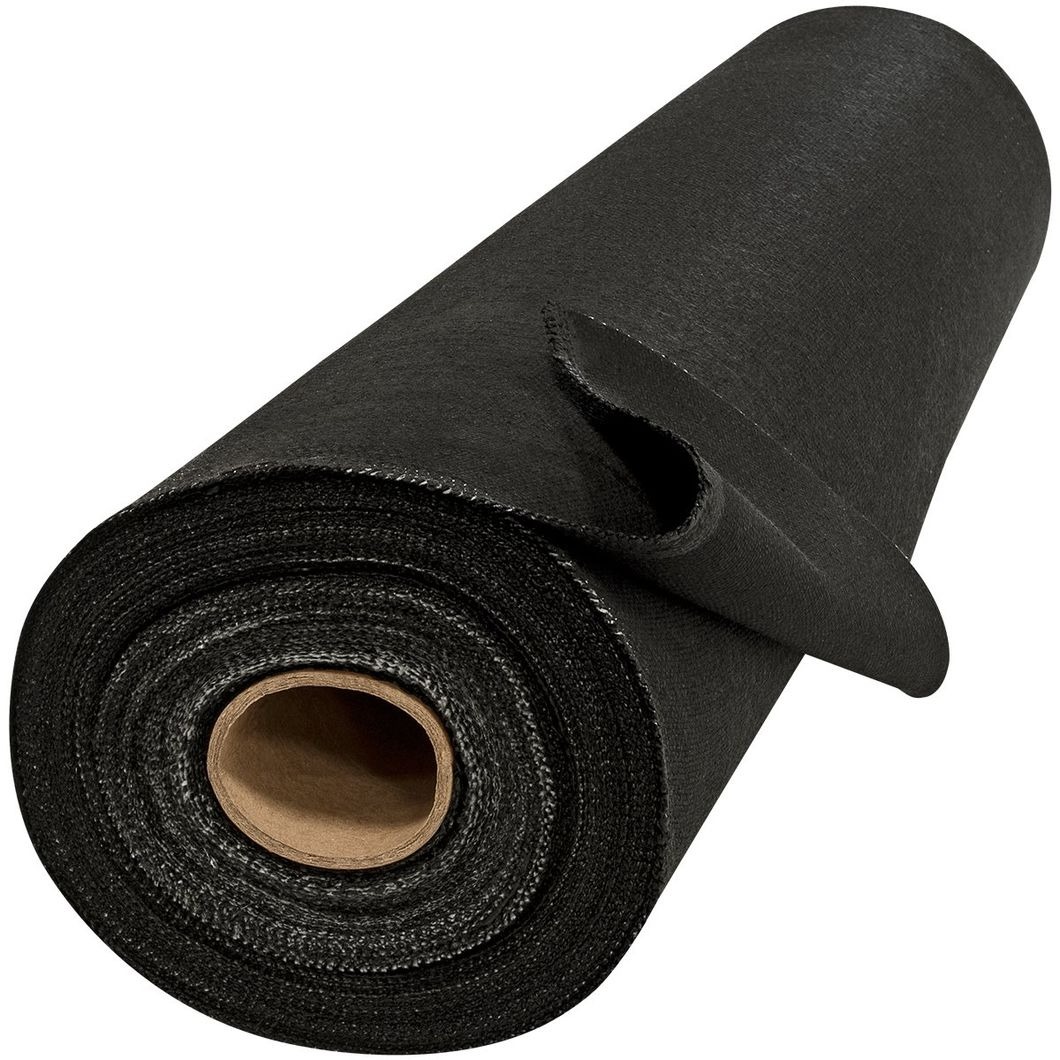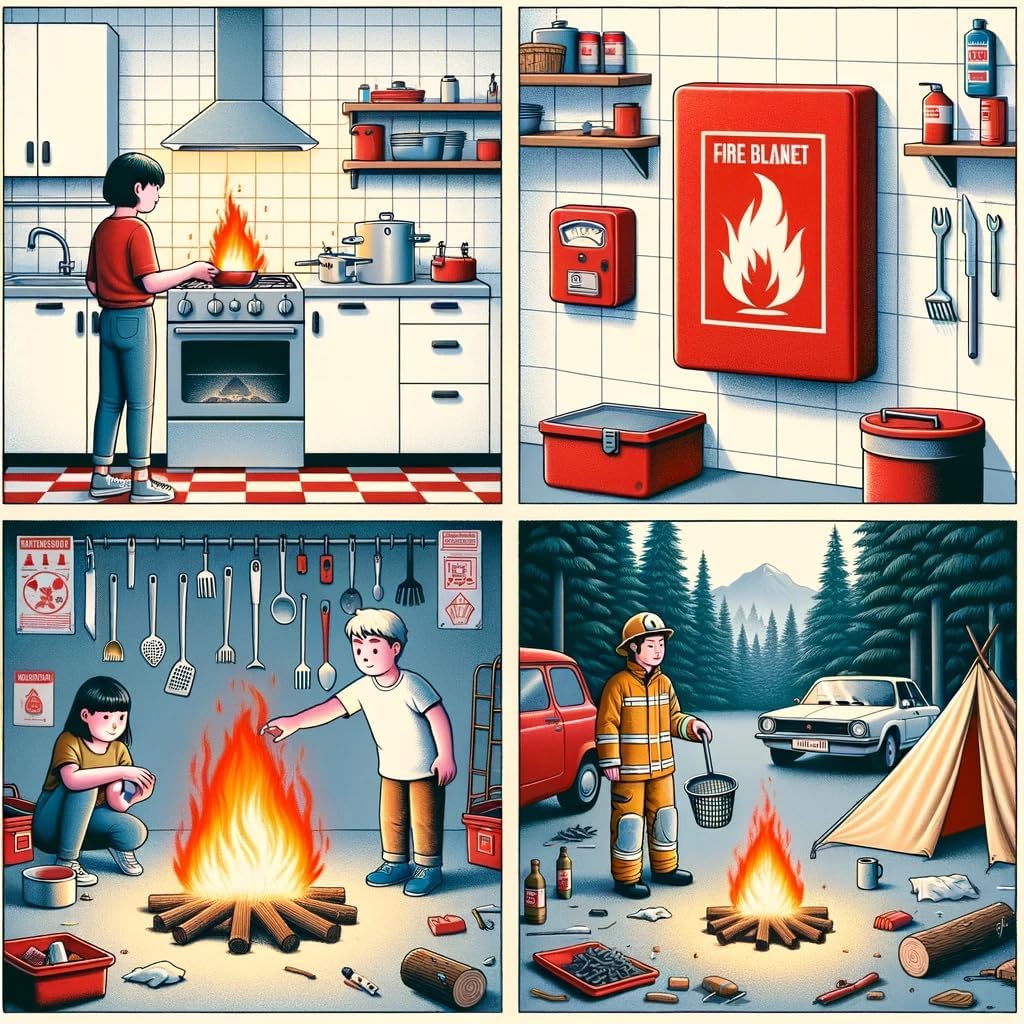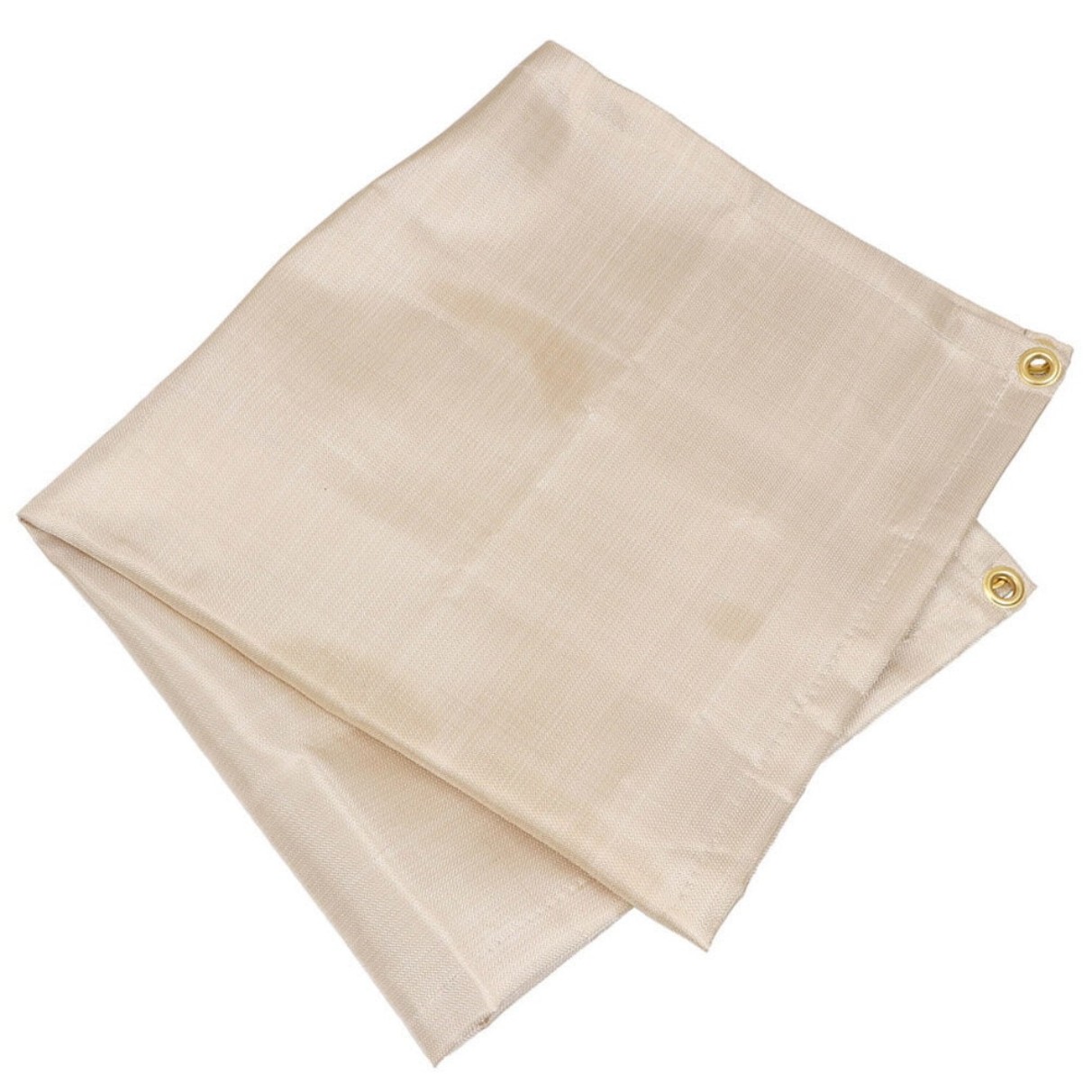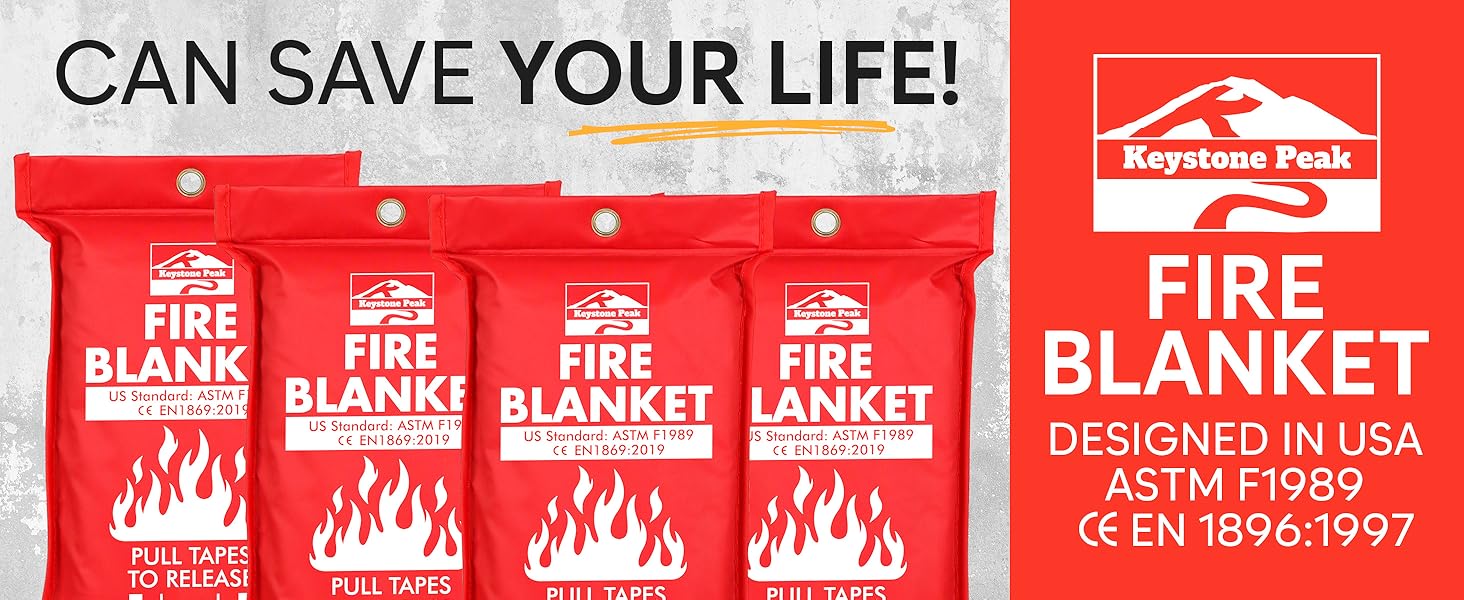Fire Safety Essentials: When to Use Fire Blankets vs Extinguishers
Summary:Fire blankets and extinguishers serve different purposes in fire emergencies. This guide explains their proper uses, types, and how to choose the right one for your home or workplace.
Understanding Fire Blankets
Fire blankets are safety devices made from fire-resistant materials like fiberglass or wool. You use them to smother small fires by cutting off oxygen supply. They're particularly effective for:
- Kitchen fires (grease or pan fires)
- Clothing fires
- Small electrical fires (after power is cut)
To use a fire blanket, pull it from its container, hold it by the corners, and carefully place it over the flames. Never throw it - this could spread the fire. Leave the blanket in place until the area cools completely.
Types of Fire Extinguishers
Fire extinguishers come in different types for various fire classes:
- Class A:For ordinary combustibles (wood, paper)
- Class B:For flammable liquids (gasoline, oil)
- Class C:For electrical equipment fires
- Class D:For combustible metals
- Class K:For kitchen fires (grease, fats)
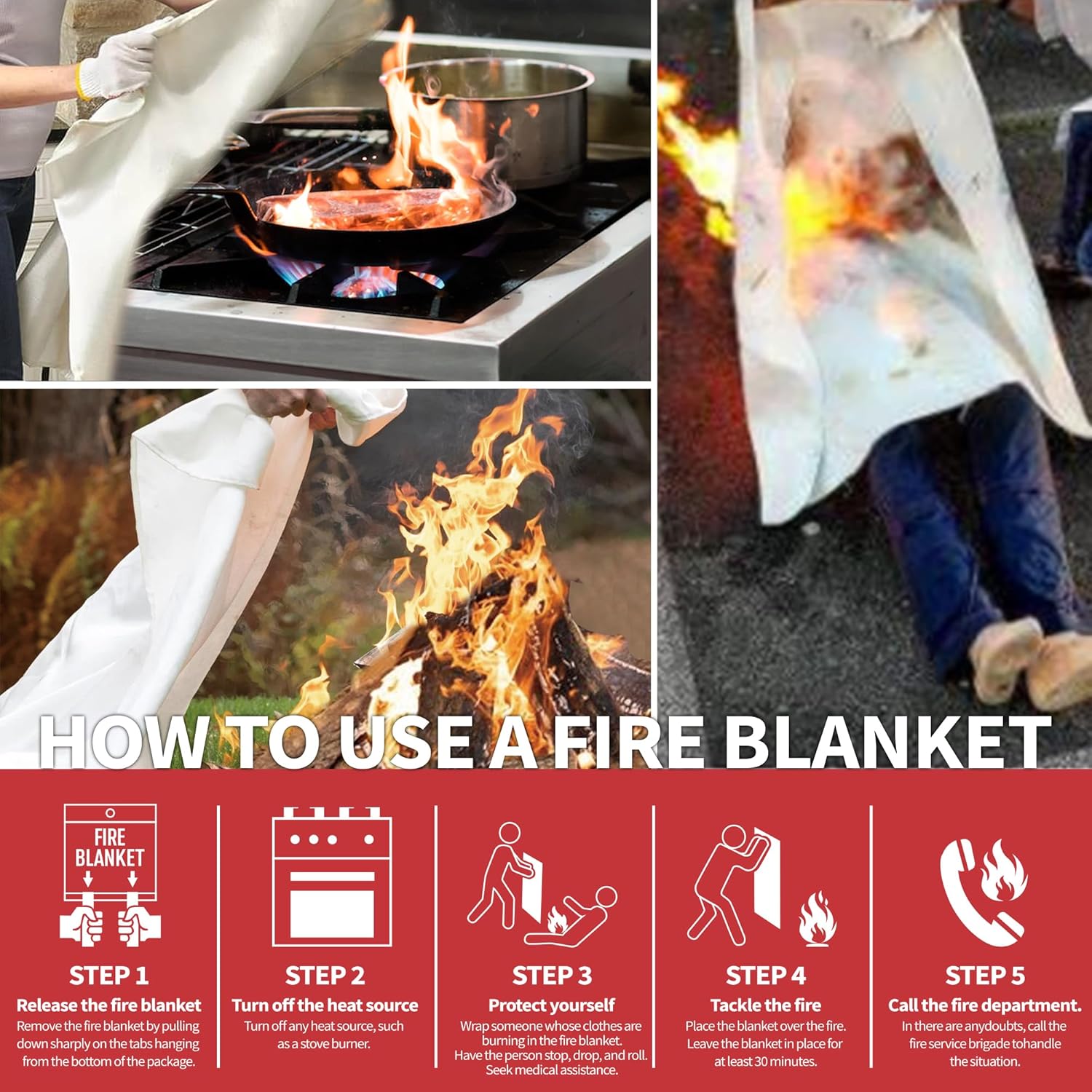
Multipurpose ABC extinguishers work for most household needs. Remember the PASS technique: Pull the pin, Aim at the base, Squeeze the handle, and Sweep side to side.
When to Choose a Fire Blanket Over an Extinguisher
Fire blankets are better than extinguishers in these situations:
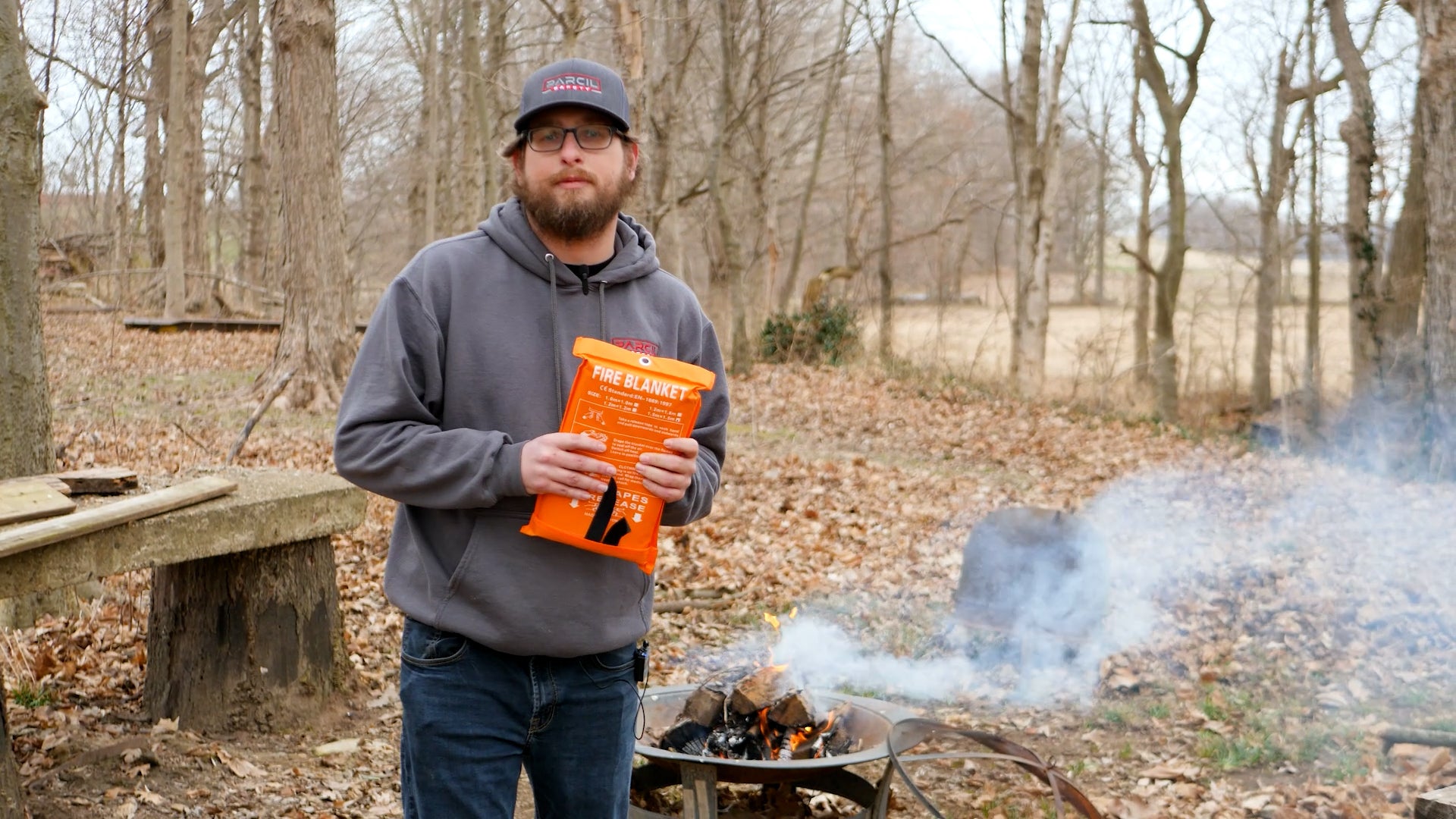
- Small contained fires (like a pan fire)
- When the user might struggle with extinguisher operation
- In tight spaces where extinguisher spray could spread flames
- For wrapping around a person whose clothes are on fire
Extinguishers are better for larger fires or when you need to maintain distance from flames. Never use water on grease or electrical fires - this makes them worse.
Proper Maintenance and Placement
Both devices need regular checks:
- Inspect fire blankets monthly for damage or moisture
- Check extinguisher pressure gauges (needle should be in green)
- Ensure both are easily accessible (not blocked)
- Replace fire blankets after use or if damaged
- Have extinguishers professionally inspected annually
Place fire blankets near fire risks (kitchens, workshops). Keep extinguishers along escape routes and near exits.
Safety First: When to Evacuate
Neither fire blankets nor extinguishers should be used if:
- The fire is spreading rapidly
- Smoke makes breathing difficult
- You don't know what's burning
- The fire is larger than a small trash can
In these cases, evacuate immediately and call emergency services. Your safety matters more than property.
Choosing the Right Equipment
For home use, every kitchen should have a fire blanket and at least one ABC extinguisher. Larger homes need extinguishers on each floor. Businesses require proper fire risk assessments to determine needs.
Quality matters - look for UL or CE certification marks. Cheap products may fail when needed most.
Training Makes the Difference
Simply having fire blankets and extinguishers isn't enough. Practice using them:
- Review instructions regularly
- Conduct home fire drills
- Consider taking a fire safety course
Remember - fire blankets and extinguishers are your first line of defense, but prevention is always best. Never leave cooking unattended, maintain electrical systems, and keep flammable materials properly stored.


